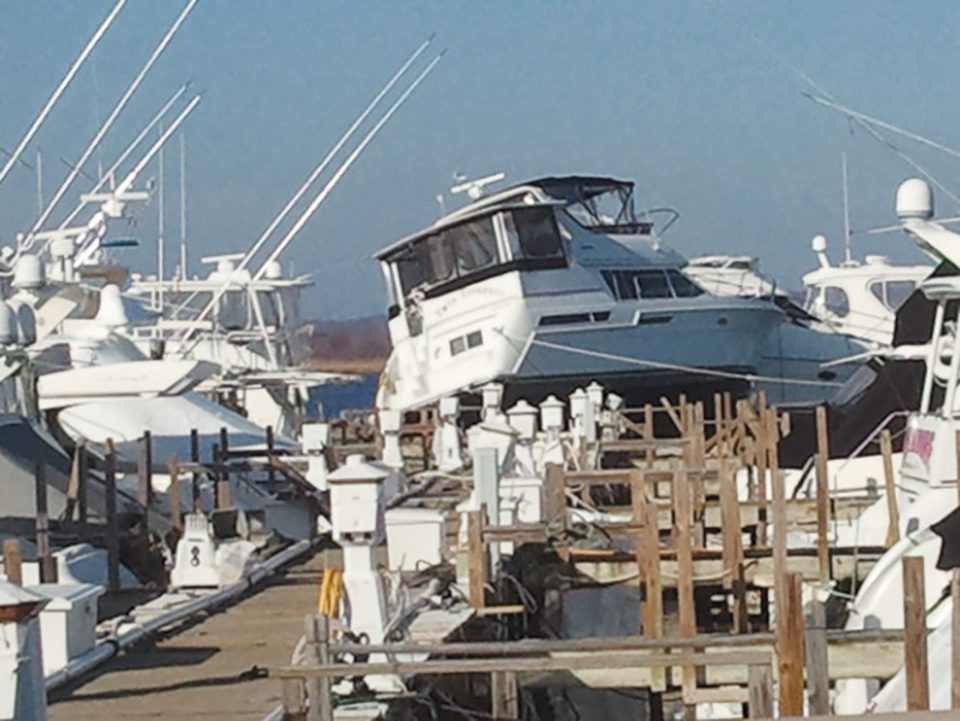By Art Hodax
You’ve been tracking the forecast of a tropical storm. It’s going to be serious, but not a hurricane. You head to the marina to check your dock lines and make sure things are secure. The storm hits and the marina takes it on the nose. As predicted, it never became a hurricane, but wind gusts were reported of almost 100 mph.
When the storm passes and the sun comes out, you head to the marina and are glad to see your boat bobbing in the slip. But as you get closer you start to notice the damage. Your swim platform was mangled even though your spring still has it three feet off the dock. Your gunnel is crushed at a spot that looks to be about even with the breast piling, yet your lines are holding. You’re about to get an education on nylon dock lines from the insurance adjuster.
The thing that makes nylon lines so nice is that little bit of stretch that keeps them from abruptly coming taught every time you get rocked while in your slip. But how much stretch do they have?
Typical dock lines are made from twisted three-strand nylon. Under stress, three-strand lines stretch by as much as 30 percent before they break. With enough pressure, a 25-foot spring line will become a 30-foot spring line, and that can be more than the difference between safely bobbing in your slip and slamming into the dock.
“Wind load” is the pressure wind applies on an object. A 100 mph gust creates a pressure of about 25 pounds per square foot of exposed surface. A boat 35 feet long and 10 feet above the water line exposes a surface of 350 square feet. Multiply 350 square feet times 25 pounds of wind load and you get 8,750 pounds of pressure. Even if your boat is somewhat protected or the wind is off your bow, there’s still going to be a lot of pressure on your lines.
The frequent dockline suggestion for a 35-foot boat is half-inch three-strand nylon, which has a breaking strength of about 5,600 pounds. That’s well below the load a 100 mph wind will create on many boats. Also remember that with even 20 percent stretch, that 25 foot spring line will grow by 5 feet unless you hit the dock first.
Moving from half-inch to three quarter-inch diameter three-strand jumps you from 5,600 to 12,780 pounds of breaking strength. In addition, had you given more thought to storm preparation, you might have upgraded your three strand to “double-braid,” which has less stretch. The smooth outer sleeve on double-braid makes it easy to coil, easy on your hands and about 15 percent stronger for its diameter than three-strand.
So, if a storm is coming, give some thought to upgrading your lines and “doubling up.” Replace worn or old lines, go a quarter inch higher in diameter than “suggested” and use double-braid to limit stretch. Better safe than sorry.
